April 2020
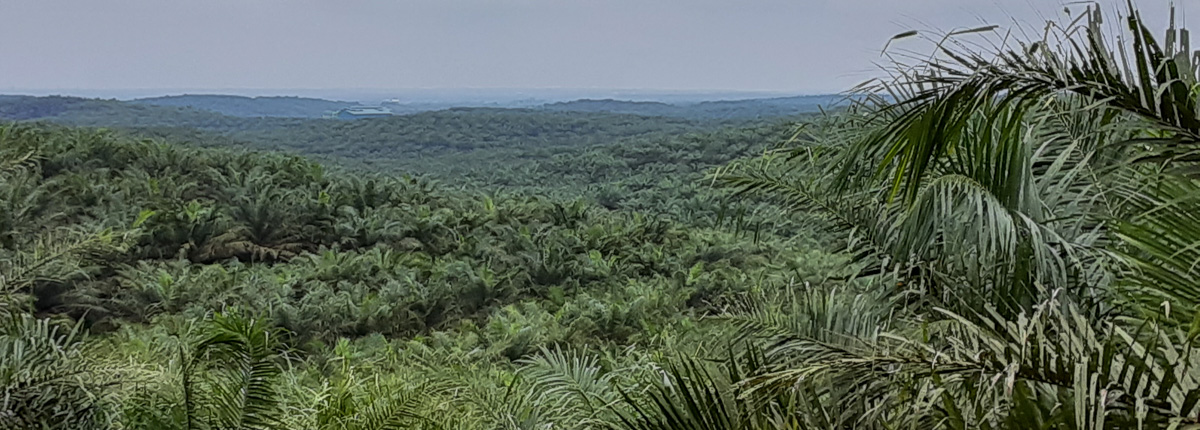
Bringing Innovation to the Conservation of Indonesia’s Peatlands
April 30, 2020
Winrock International is helping restore Indonesia’s peatland in a way that will mitigate greenhouse gas emissions, slow land subsidence, combat the threat of fire, and support the tens of thousands of people who live and work there. I recently returned from a trip to Indonesia, where obstacles — and opportunities — are both in full […]
Arkansas Maker Task Force Deploys Online Platform to Connect Local Manufacturers to Essential Frontline Workers
April 30, 2020
(North Little Rock, AR—April 30, 2020) – As Arkansas prepares for COVID-19 cases to peak in early May, frontline and essential healthcare workers continue to struggle with a shortage of personal protective equipment (PPE). Arkansas makers and manufacturers are working hard to address this shortage, but a gap still exists between local organizations who need […]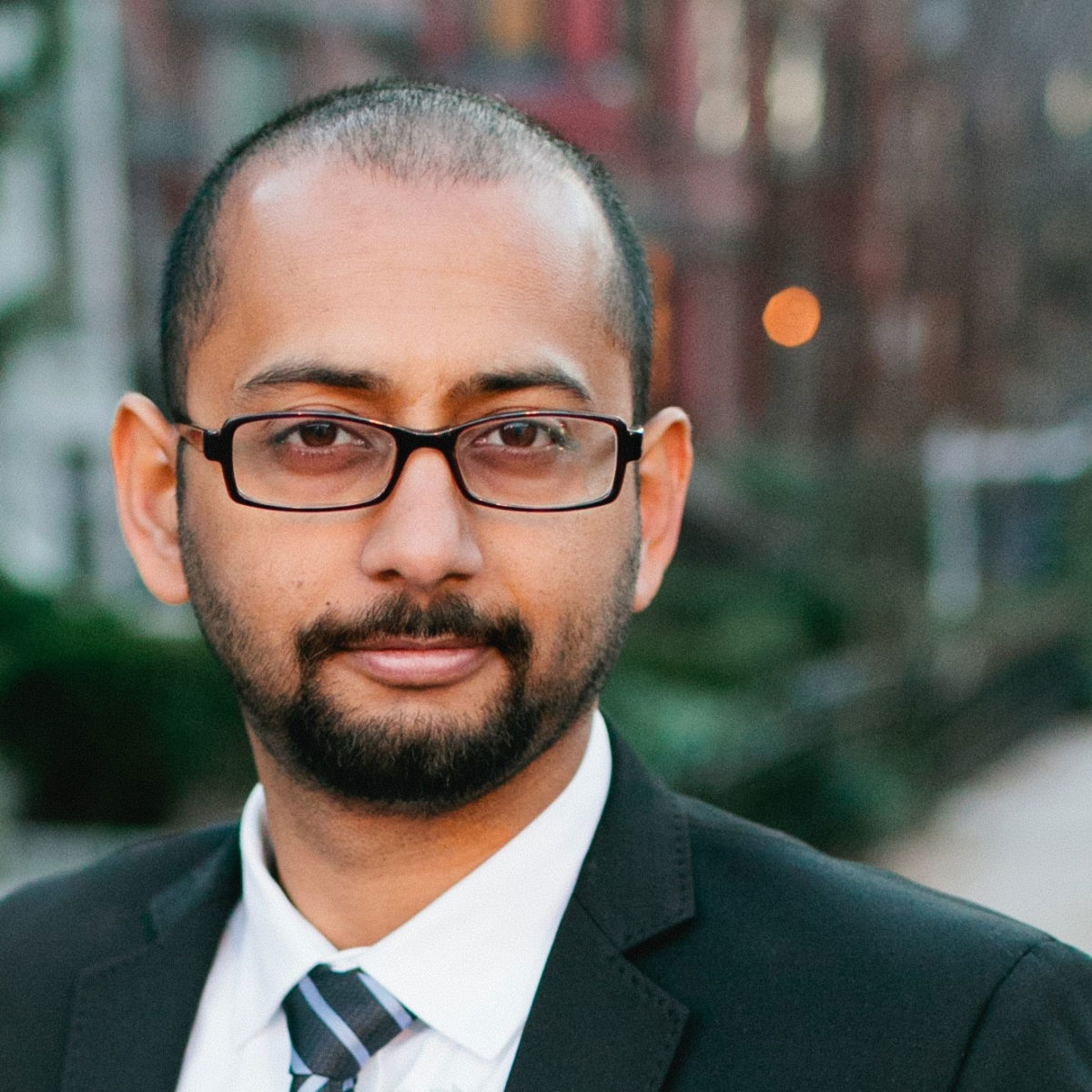
The People of PIER: Anmol Vanamali
April 29, 2020
What is your role in the PIER project? Broadly speaking, I’m the private-sector partnerships lead for the Private Investment for Enhanced Resilience (PIER) project. Specifically, I lead our activities in Indonesia, which are focused on mobilizing private investment in agriculture resilience. I also lead most of our work related to private-sector engagement and financing in […]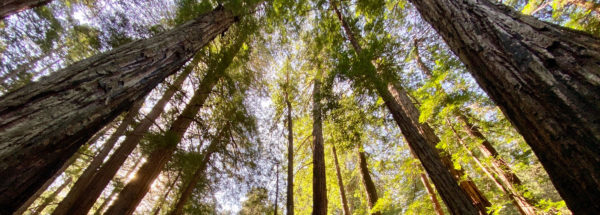
A Film About Forests
April 28, 2020
Vietnam’s Payment for Forest Environmental Services (PFES) system, implemented by Winrock’s USAID Vietnam Forests and Deltas project, provides around $130 million a year to over 500,000 households for their work protecting the forest. It supports the Government of Vietnam’s efforts to better manage natural resources through an innovative Payment for Forest Environmental Services (PFES) program, which […]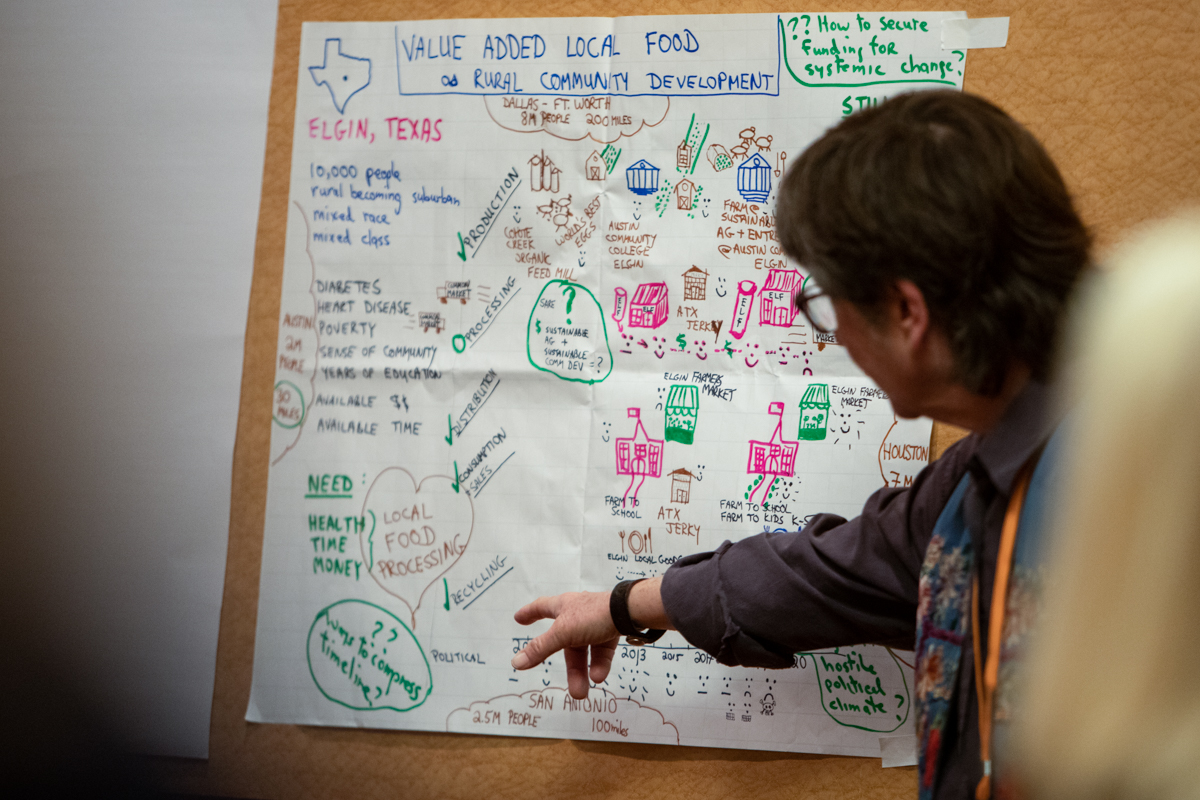
A More Just Vision
April 24, 2020
If you have ever been part of designing and implementing a large event you will recognize the need to start well in advance. In our case we started planning the Wallace Center’s fifth National Good Food Network (NGFN) conference — an important biannual networking and programming event — 18 months ahead of time. We lined […]
The People of PIER: Glen Anderson
April 24, 2020
What is your role within the PIER project? I serve as the country lead for Peru and provide oversight of Private Investment for Enhanced Resilience (PIER ) Project activities there. I’m leading work on a financing strategy for the national coffee plan in Peru and developing a methodological paper on cost-benefit analysis for climate-resilient coffee. […]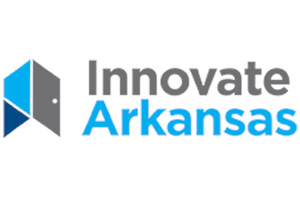
Pushing Through the Storm
April 21, 2020
Gre’Juana “G” Dennis, an adviser for Innovate Arkansas (IA), first began to notice the economic effects of the COVID-19 pandemic in early February. Business remained on track in the United States, which had recorded its first documented COVID-19 case a couple weeks before, but the virus had already disrupted manufacturing plans for one IA client […]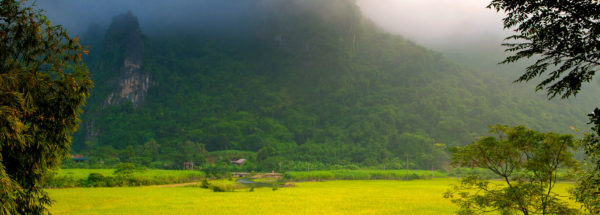
The People of PIER: Michael Cote
April 16, 2020
First of a series What is your role within the PIER project? My role is project director of the Private Investment for Enhanced Resilience (PIER) project. I have technical and financial oversight over the entire project: hiring and subcontracting (all sign-offs go through me), and I provide technical leadership and staff development, subcontractor management, partnership […]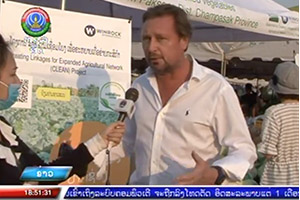
CLEAN’s Good Agricultural Practices Pilot Launch in Vientiane
April 13, 2020
Alex Dahan, Chief of Party of the USDA-funded CLEAN project, implemented by Winrock International in partnership with the Laos Department of Agriculture, at the Good Agricultural Practices Market Pilot launch in February 2020 at the International Trade Exhibition and Convention Centre in Vientiane, Laos. “Everything today is about GAP,” (Good Agricultural Practices), Dahan told a […]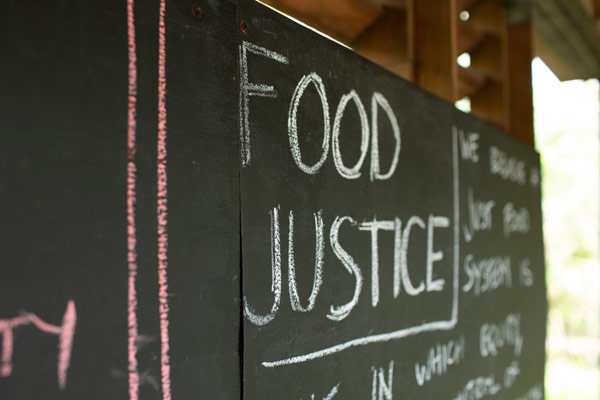
Call to Action on Food System Disruption
April 13, 2020
This document was created during the Wallace Center’s National Good Food Network (NGFN) Conference, held March 10-13 in New Orleans. Approximately 50 attendees gathered during an emergency COVID-19 work session to assess how the pandemic would affect the U.S. food system, followed by a group brainstorming session on solutions to mitigate the emerging crisis. Additional […]